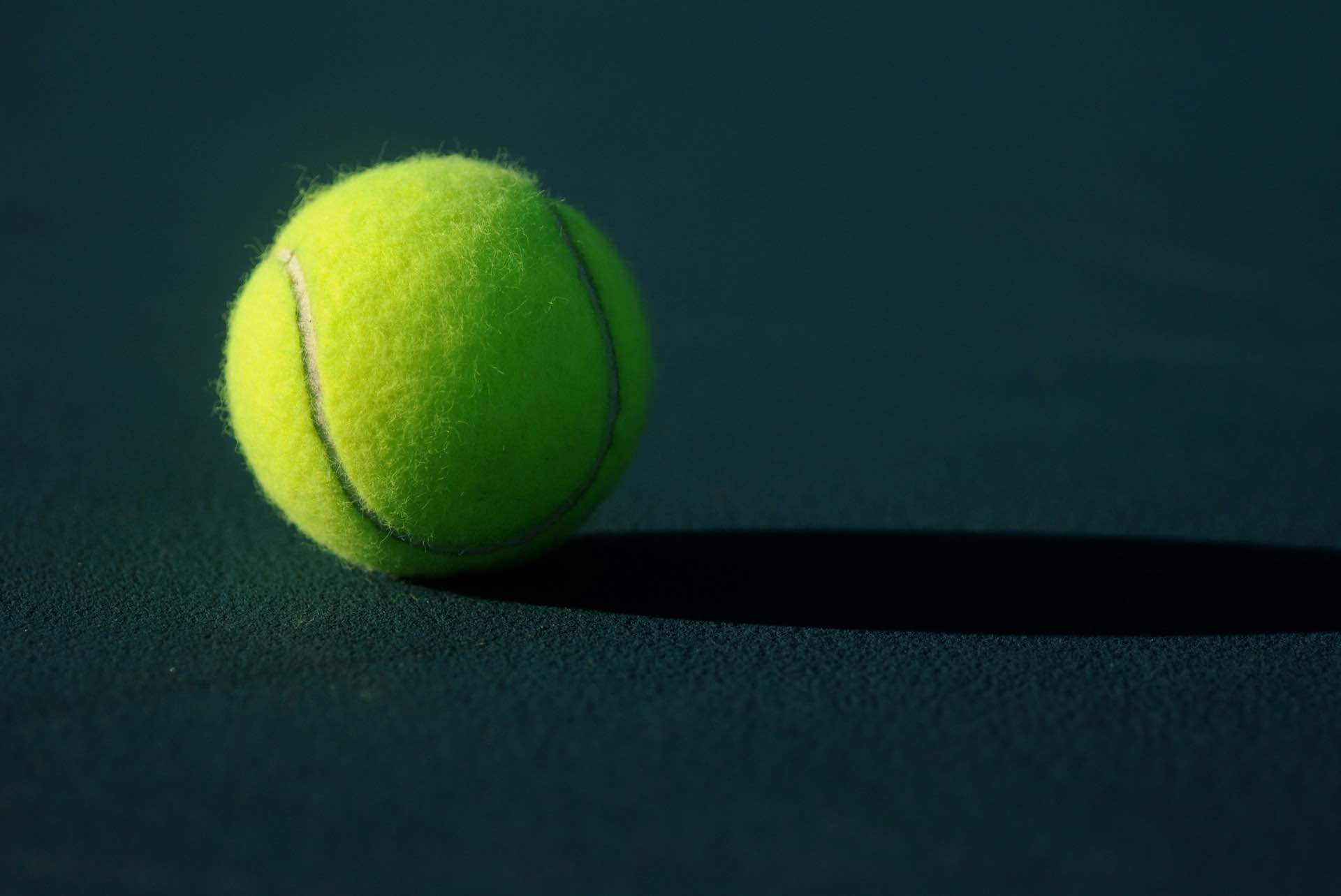
For the past three years I’ve been serving on the committee of my local tennis club in west London. Calling it a tennis club is accurate up to a point; we have five astroturf and three grass courts which see a lot of action (our first team even won the Middlesex Premier Division); but as one witty member from the Midwest – the Dorothy Parker of The Club Which Cannot be Named – put it, we could also be termed a “wine club with a tennis problem.”
The club is a sociable place and wine in generous measure is consumed in the clubhouse and on the adjoining terrace; it has been part of my mission, as the de facto one-man wine committee, to spice up the list with somewhat more adventurous choices. Despite all the recent problems associated with Brexit and the introduction of an absurdly complicated wine duty system, this is still a good time for wine consumers.
I spend quite a bit of time scanning the lists of the scores of excellent UK wine merchants whose buyers trawl the wine world seeking out everything from Essex Pinot Noir to Georgian wine made in qvevris. In my view, there is no excuse to be drinking boring or mediocre wines.
My view, however, is not necessarily shared by a majority of club members. Take white wine. Could we go beyond a perfectly acceptable but rather bland Picpoul de Pinet, a decent house white from Languedoc and a négociant Mâcon? I enthused, to anyone who would listen, about Assyrtiko, the Greek grape from the island of Santorini for which the overused term minerality could have been invented. I waxed lyrical about its uncompromising stoniness, refreshing acidity and volcanic power.
Perhaps these were not the qualities members were looking for in a white wine. The Assyrtiko stayed on the shelf. One member – actually my regular doubles partner in the club tournament – claimed it gave him migraines.
I reflected that I might have been a touch over-ambitious with the Assyrtiko. I thought of another white grape variety I’ve come to love in the last decade or so, which shares some of Assyrtiko’s mineral characteristics but with a touch more florality and fruitiness. Perhaps I might kindle an interest in Godello from north-west Spain.
Surely members, fresh from a couple of sets of hard-fought doubles, might learn to enjoy the enticing crispness, the hints of apricot and lime, the long satisfying finish? No, not really. I was the only person who ever ordered the Godello.
At that point I realised my ambitions might have to be completely rethought. Forget dry Riesling from the Rheinpfalz. As for Grüner Veltliner…
With red wine I have learned to be more conservative. Bordeaux is vast and varied enough to yield wines of quality and value, from areas such as Lussac-St Emilion or Lalande de Pomerol. The search for the elusive Pinot Noir of Burgundian elegance at a non-Burgundian price continues. Maybe I’ll be able to sell that Spätburgunder from the Rheinhessen one day. But I will not be attempting to make the case for Godello’s red counterpart, the racy and elegant Mencía, or for Agiorgitiko from Greece or Saperavi from Georgia.
How about rosé? Very large quantities of the pale pink stuff are consumed at the Club Behind the Big Green Door in the summer months. It is, perhaps, the defining drink of our fraternity of racquet-wielding glass-twirlers.
Our most popular rosé is a well-known Provençal brand, in the style I associate with super-models, which is to say extremely pale and wan and with almost no discernible corporeality. It is a style characterised not so much by the presence of qualities as by their absence: almost no colour, lack of distinctive aroma, a flavour so neutral it might be a good place to store bullion during a war.
I have not yet given up on the rosé front. Perhaps foolishly, I am planning to introduce a Bandol – to show the garrigue and leather scents of Mourvèdre – and possibly a deep-coloured, full-bodied Tavel, as far away as possible from the supermodel style, or even the wild and wonderful Páramos de Nicasia Clarete from Màquina y Tabla in Toro, an untamed bull of a wine, the rosé equivalent of Rafa Nadal in his prime.
The Páramos de Nicasia may end up filling the space on the shelf last occupied by those bottles of Godello (before I put them out of their misery), unless…That reference to Rafa has given me an idea. Maybe it is a mistake to assume that wine-drinkers with limited experience of less familiar wine regions and grape varieties will automatically gravitate to them, and give up on tried and tested friends.
What is needed is passionate, imaginative but unpatronizing advocacy, combined with opportunities to taste. Generally given time, curiosity and interest, most people’s tastes do change and modulate, from what is bland and undemanding to what stimulates and challenges, with intellectually satisfying complexity and nuance.
I am sure Dorothy Parker was not everyone’s cup of tea (her left-wing politics got her into trouble during the McCarthyite era). Her wit was characterised by an acerbity which could perhaps be compared to acidity in wine. Probably the greatest single difference in taste preference between wine professionals and those who like to drink wine without thinking too much about it is the former group’s positive marking of acidity.
All the white wines I mentioned earlier have highish acidity; for me a praiseworthy characteristic, but possibly an acquired taste nuance for those making the transition from Pinot Grigio to Picpoul de Pinet. They may have a way to go before they can say with Dorothy Parker, “the first thing I do in the morning is brush my teeth and sharpen my tongue.”
Photo by Ben Hershey on Unsplash